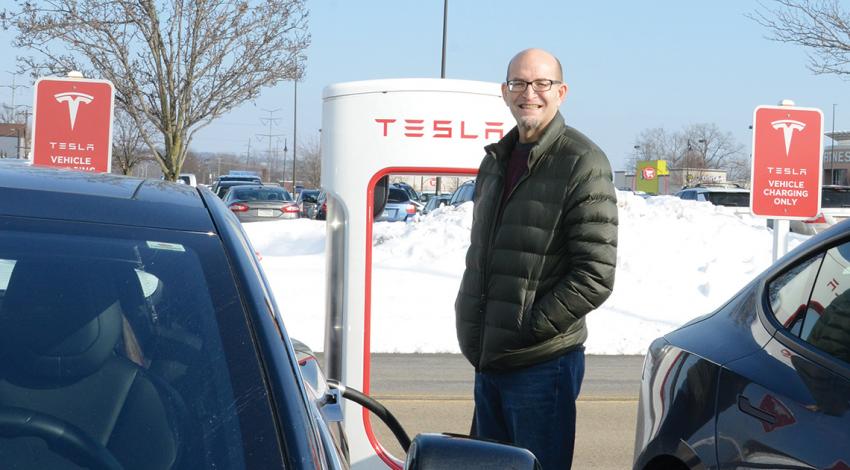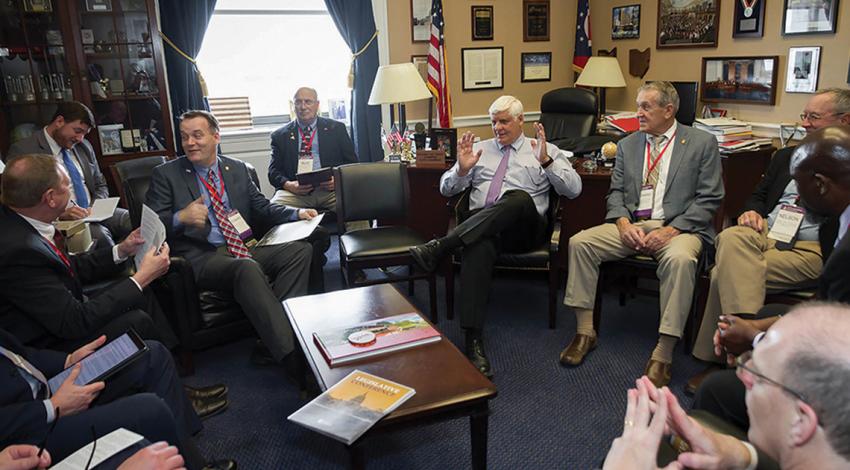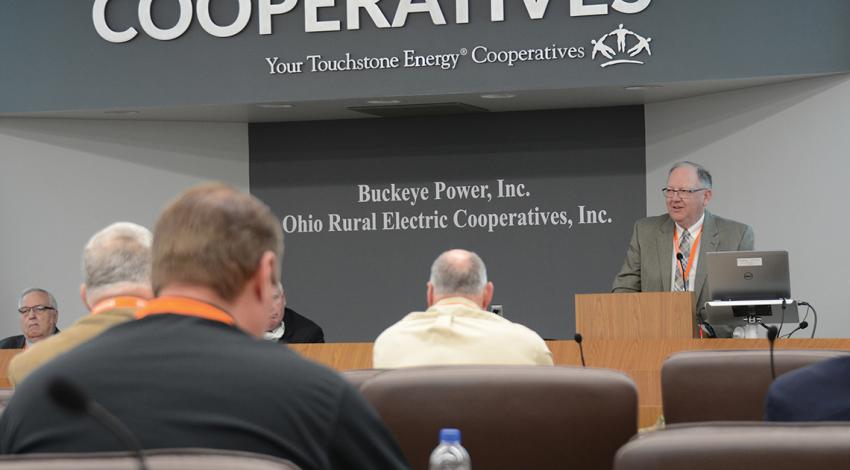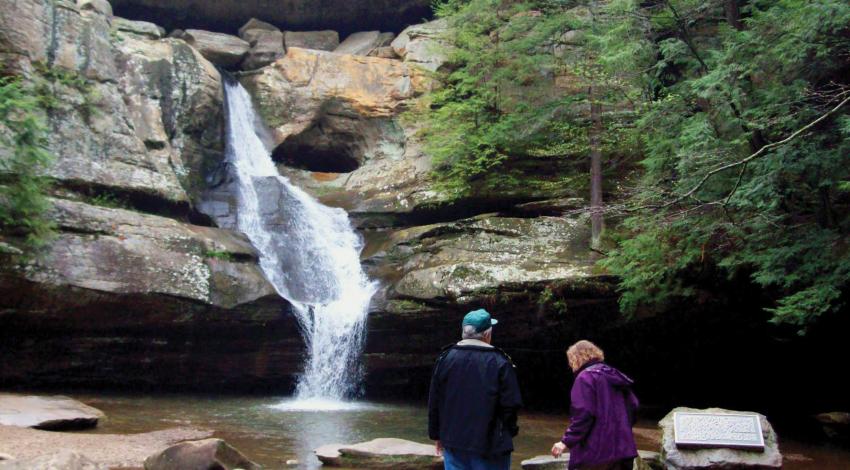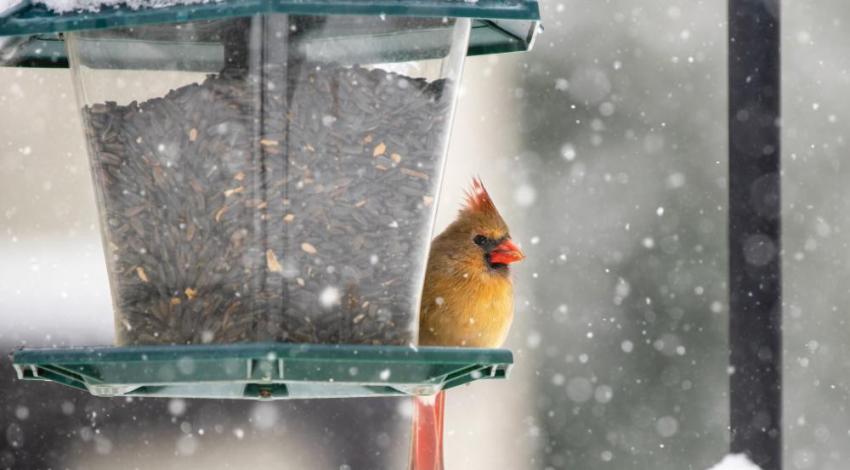When Ohio’s electric cooperatives send about 40 high school students on a weeklong Youth Tour trip to Washington, D.C., each year, it’s often a once-in-a-lifetime opportunity for the students to not only tour the nation’s capital from a perspective that not all visitors are
Missy Kidwell, senior service specialist at Consolidated Cooperative in Mount Gilead, is assistant director of Ohio’s Youth Tour program. She had been involved in the process of selecting students to attend the trip for several years before she decided to attend as a chaperone. “Being able to see these students start out as strangers but then cultivate a lifelong friendship by the end of the week was pretty amazing,” she says. “I always knew it was an important experience, but didn’t realize exactly how special it was until I saw it in person.”




